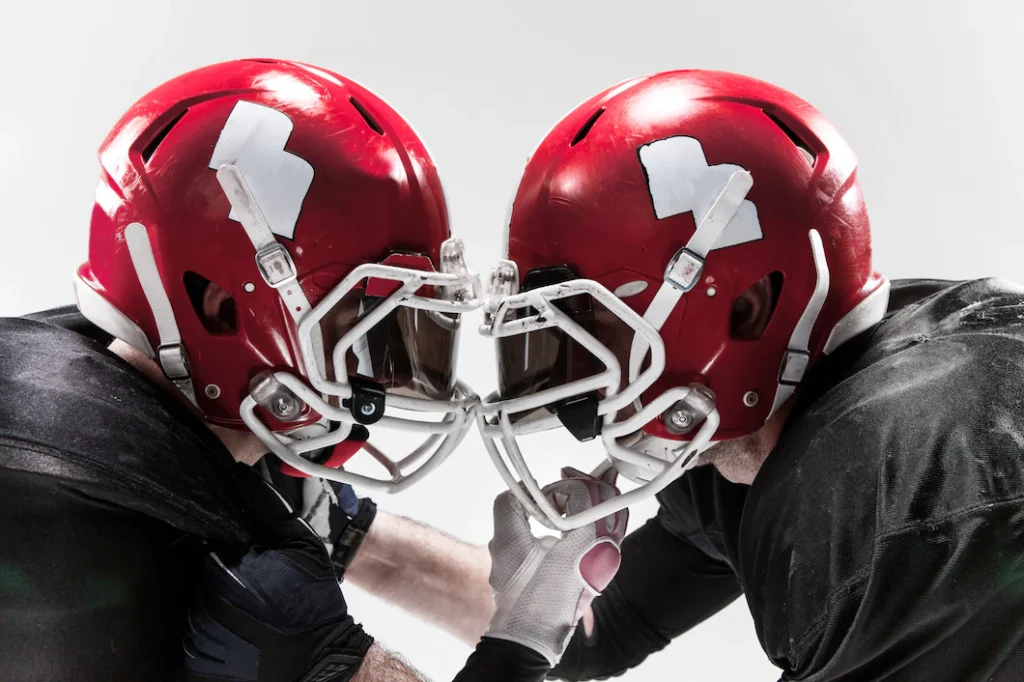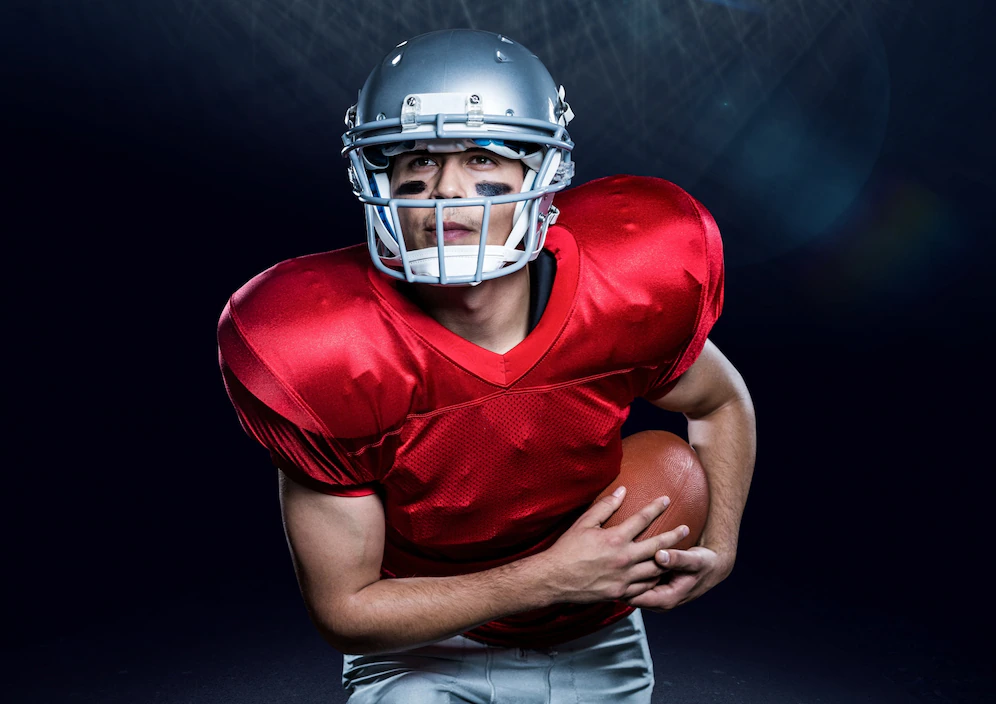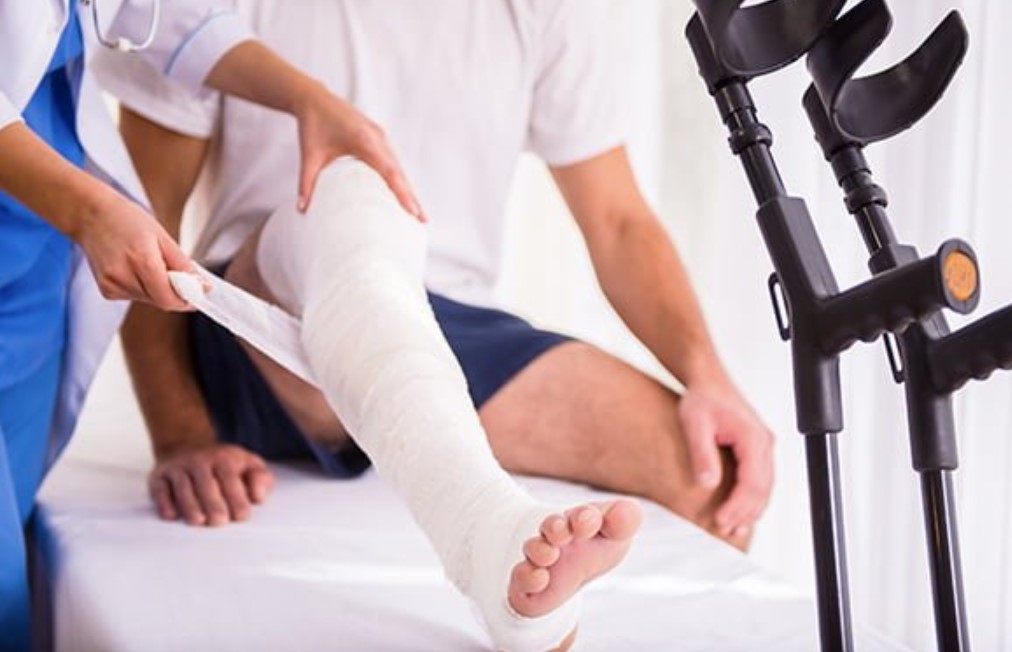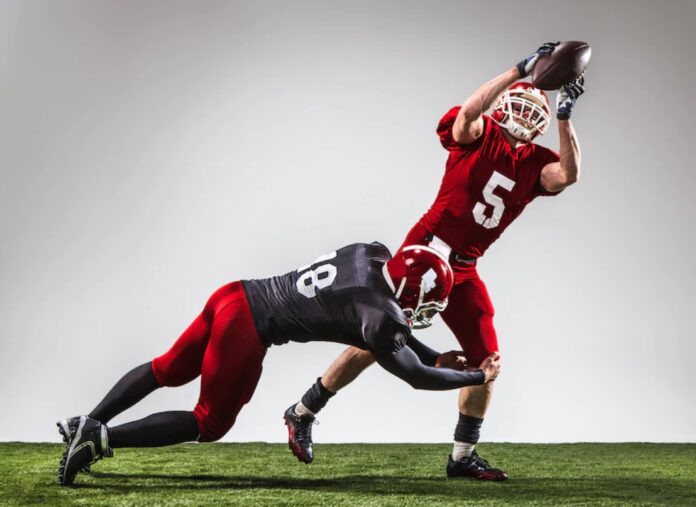Yes, American football is dangerous, just like there are risks to any sport. But the benefits of playing football far outweigh the risks. The most important thing about football is that it’s not just about concussions.
The NFL Injury Surveillance System (ISS) has reported that the incidence of concussions in the NFL is higher than in college or high school football. The injury rate is also higher than in other professional sports, such as baseball and basketball.
On a field that is rectangular in shape and has goalposts at either end, American football is played between two teams of eleven players. The offense, or team with the oval football, makes an effort to move down the field by either carrying or passing the ball. By tackling players and inducing turnovers, the defense, which is made up of the opposing side, seeks to halt the offense’s progress and goals (points) (ball losses).
The offense is awarded a new set of four downs if they successfully gain at least 10 yards in four downs or plays; failing to do so results in turning the ball over to the opposition.
The most common ways to score points are to advance the ball into the end zone of the other team for a touchdown or to kick the ball past their goal posts for a field goal.
American football evolved in North America from various games played mostly by British military units in North America during the mid-18th century. It was very popular among British soldiers stationed in North America during this period; prizes were awarded for good knowledge of it.
Being a violent sport, injuries are common. The most serious ones can be life-altering:
Concussions

Concussions are one of the most serious injuries to a player in any sport. A concussion occurs when the brain hits the skull so hard that it causes damage to brain cells. A concussion can be caused by a blow to the head or body or by rapidly shaking the head back and forth (called “whiplash”).
A person who has had a concussion may not remember an event because part of their brain was injured from the impact. A person who has had several concussions may have memory problems even if they do not have symptoms at that moment. This is called “post-concussion syndrome” and often lasts for months or years after an injury has occurred. No matter how much we learn about long-term effects on concussions and subconcussive hits, kids still have many reasons to play football — including teamwork, discipline, and physical fitness.
Chronic traumatic encephalopathy

Chronic traumatic encephalopathy (CTE) is a degenerative disease of the brain found in individuals with a history of repetitive brain trauma, including symptomatic concussions and asymptomatic subconcussive blows to the head. CTE includes memory loss, confusion, impaired judgment, impulse control problems, aggression, depression, and progressive dementia. The symptoms of CTE can begin months, years, or even decades after the last brain injury or end of active, athletic involvement.
Traumatic brain injury

Traumatic brain injury (TBI) is young adults’ leading cause of death. The first step to preventing TBIs is understanding how they occur. TBIs are caused by violent collisions or impacts that cause the brain to move around inside the skull. The severity of the injury depends on the amount and type of force applied to the head.
A mild TBI may cause only temporary symptoms like headache and nausea. Still, more severe injuries can lead to permanent disabilities like loss of consciousness, amnesia, confusion, vision problems, emotional changes, and cognitive difficulties.
Ankle sprains

Ankle sprains are common in football. The ankle is a complex joint of many bones, ligaments, and tendons. When any of these components are damaged, it can cause pain, swelling, and instability in the ankle joint.
A sprain occurs when a forceful movement causes one or more ligaments to stretch beyond their normal range of motion. This stretch can result in small tears in the ligament tissue, which causes pain and swelling. Ankle sprains are graded on a scale from 1-3, depending on how much damage has been done.
Muscle strains

Muscle strains occur when the muscle or tendon is stretched beyond its normal range of motion. A muscle strain can be mild, moderate, or severe, depending on the extent of the injury. Muscle strains can occur anywhere in your body, but they’re most common in your thigh muscles — quadriceps, hamstring, and calf — and lower back. If you have a muscle strain, you’ll feel pain at the place where the injured muscle attaches to bone and see swelling or bruising around that area.
Broken bones

A broken bone is one of the most common injuries in football because it directly impacts the body or falls onto an object or another player. Common sites of broken bones include wrists, arms, legs, and ribs. Although these fractures can be painful, they usually heal without any lasting effects if properly treated by a doctor who specializes in sports medicine.
Common treatments for injuries suffered during football include:
Rest, ice, and elevation
Rest, ice and elevation are the most important treatment for a football injury. Rest means that you should not play for a few days to allow your body to recover from the injury. You should also avoid any activities that will make it worse. Ice helps reduce swelling and pain by reducing blood flow to the area.
Apply a bag of frozen vegetables wrapped in a towel or cloth to help reduce swelling. Elevation helps prevent blood from pooling in the injured area by raising it above your heart level as much as possible. Your doctor may recommend wearing a brace or cast on your injured limb to keep it immobile while it heals. This helps prevent further injury or reinjury of the affected muscle or bone.
Physical therapy
After resting your injury for several days, physical therapy can help you regain range of motion in your injured limb, strength and flexibility in your joints, and balance in your muscles. The goal is to get back into playing shape after an injury without further damaging yourself or making the injury worse than it already is.
Medication
You may need to take anti-inflammatory medications such as ibuprofen or aspirin if you have pain and swelling. These drugs can help reduce swelling and ease pain, but they don’t speed up healing.
You should also take acetaminophen if your injury is painful. Some doctors suggest drinking lots of water to prevent dehydration. You may also need to wear a brace if your injury is severe. In extreme cases, surgery may be necessary to repair torn ligaments or other damage.
It’s important to know that organizations are taking steps to ensure that players are safe on the field. The rules have been changed, so players aren’t allowed to lead with their heads during contact drills or when making tackles; they must keep their heads up when making contact with another player. And if a player does sustain a concussion during practice or a game, he needs to be removed from play immediately and evaluated by a certified athletic trainer or doctor before he returns to the field.
It is clear that football, particularly the variety played in the United States, does carry a significant risk of injury and death. Still, fans and participants are drawn to it in droves now and then. What remains to be seen is how this sport responds to that hard truth. Will it pivot away from a small pool of devastating injuries to focus on a larger general health challenge? We hope so because football—despite its dangers—is one of the best sports out there. The NFL may never be safe, but it can be safer simultaneously.









